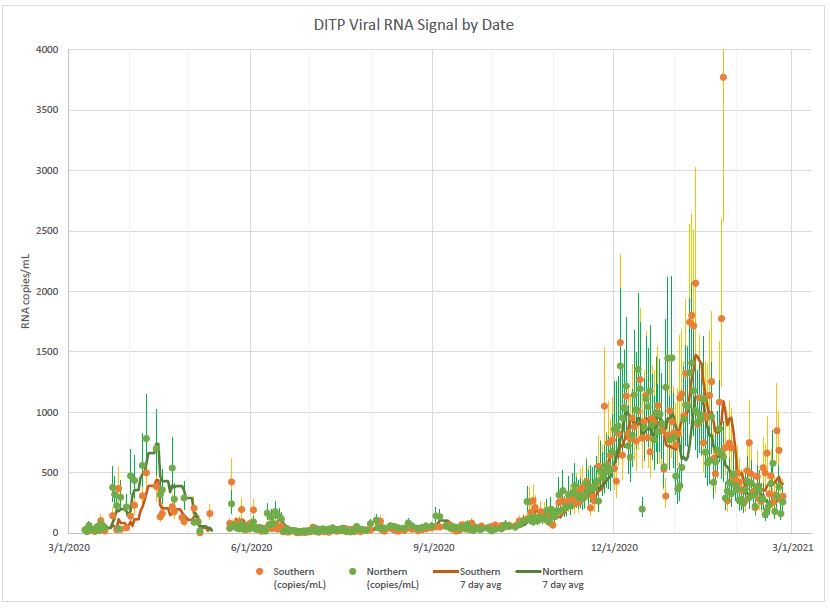
1. Both MA and VT target 80% vaccination rate in schools to remove mask mandates. Let’s be clear that this isn’t about herd immunity. For one, 80% doesn’t get you there - if R0 = 6 for delta and vaccine efficacy is 90% (both generous assumptions), it would be 92.5%.
2. Also, a school isn’t a “herd” (though it sometimes feels like one). Students and staff go home and interact with people outside of school.
3. Pure speculation, but I would guess that 80% just felt like a reasonable target consistent with overall vaccination rates. And therefore unmasking is a “prize” for schools that hit the target.
4. We should be clear-eyed about this. The argument is not that unvaccinated or immunocompromised kids would be safe once a school hits 80%. It is that we are OK with their risk if it helps boost vaccination rates. And that assumes unmasking is actually a good incentive.
5. It’s logistically impossible to mandate masks for some kids and not others, and kids don’t want to broadcast their differences to their peers. So some unvaccinated kids will go unmasked. It will be better if 80% are vaccinated, but not necessarily safe.
6. Everyone wants an off-ramp. But one that ignores the state of the pandemic and just uses vaccination rate places that ramp on top of our most vulnerable students. #MAEdu #mapoli #vtedu
• • •
Missing some Tweet in this thread? You can try to
force a refresh






